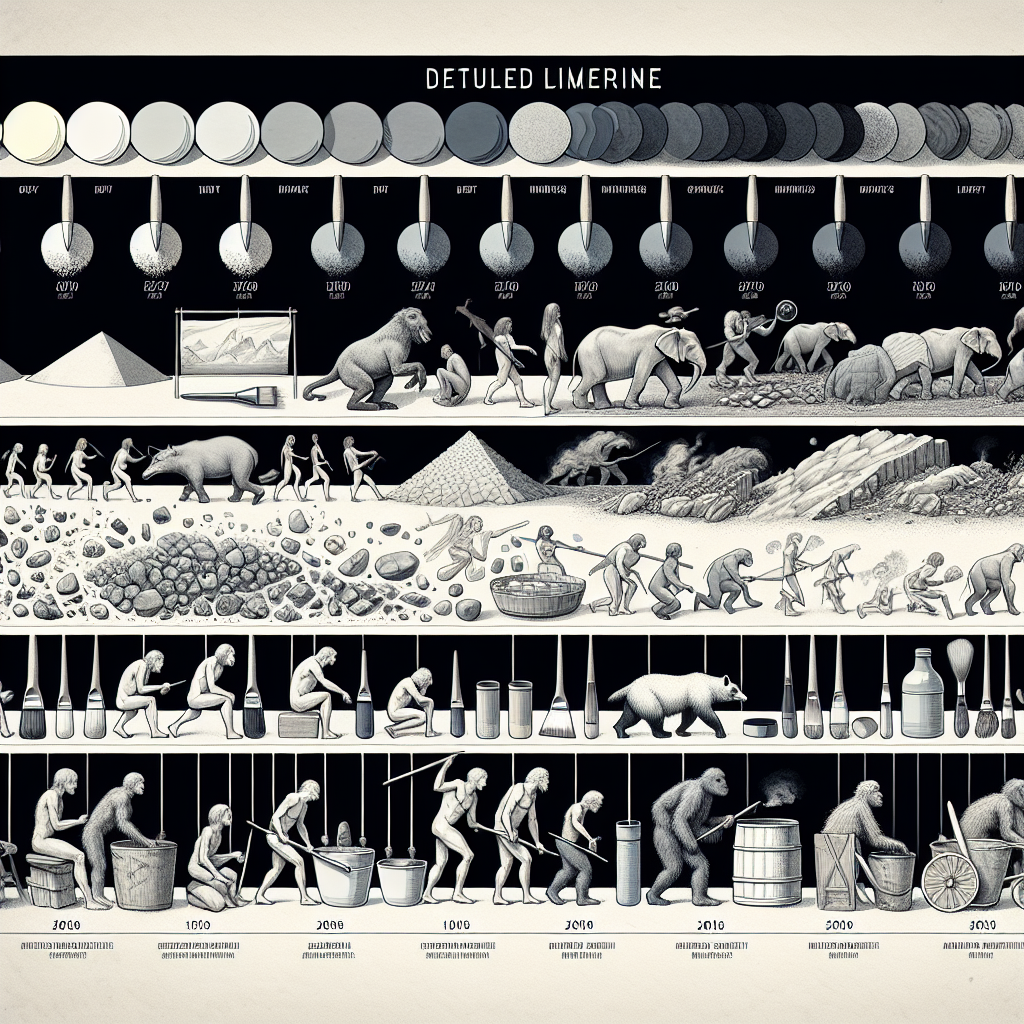Gray, often considered a neutral and unassuming color, has undergone a significant transformation throughout history. From its humble beginnings as a simple mixture of black and white, gray has evolved to become a versatile and sophisticated shade that is now a staple in both fashion and interior design.
In ancient times, gray was associated with ash and dust, and was often seen as a color of mourning and sorrow. In the Middle Ages, gray was also linked to poverty and humility, as it was often worn by monks and other religious figures. However, as time passed, gray began to shed its negative connotations and started to be embraced for its understated elegance.
During the Renaissance period, gray became a popular choice for artists and designers, who appreciated its ability to complement other colors and serve as a backdrop for more vibrant hues. In the 18th century, gray was used in the interiors of grand estates and palaces, where it was seen as a symbol of refinement and sophistication.
In the 20th century, gray underwent a major resurgence, particularly in the world of fashion. Designers such as Coco Chanel and Christian Dior popularized the color, using it in their iconic designs to create a sense of timeless elegance. Gray also became a favorite among architects and interior designers, who recognized its ability to create a sense of calm and balance in any space.
Today, gray continues to be a popular choice in both fashion and interior design. Its versatility allows it to be paired with a wide range of colors, from bold and bright to soft and subtle. In fashion, gray is often seen as a modern and chic option, while in interior design, it can add a touch of sophistication to any room.
Whether used as a main color or as an accent, gray has come a long way from its humble beginnings as a symbol of sorrow and poverty. Its evolution over time has transformed it into a color that is both timeless and contemporary, making it a staple in the world of design.

Leave a Reply
You must be logged in to post a comment.